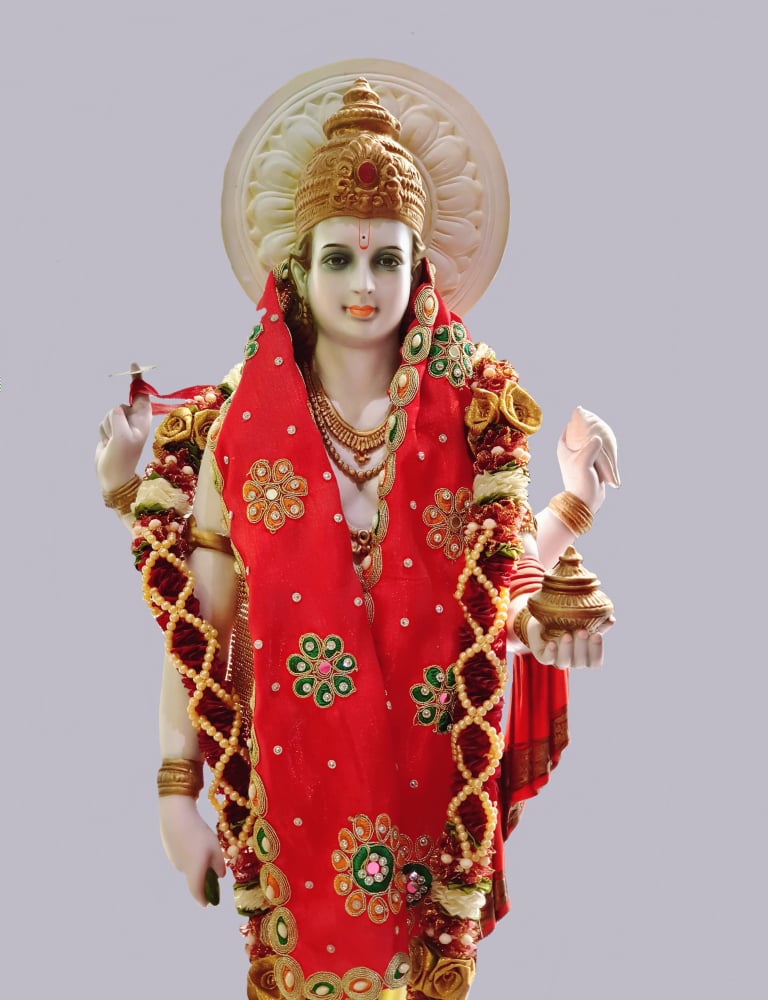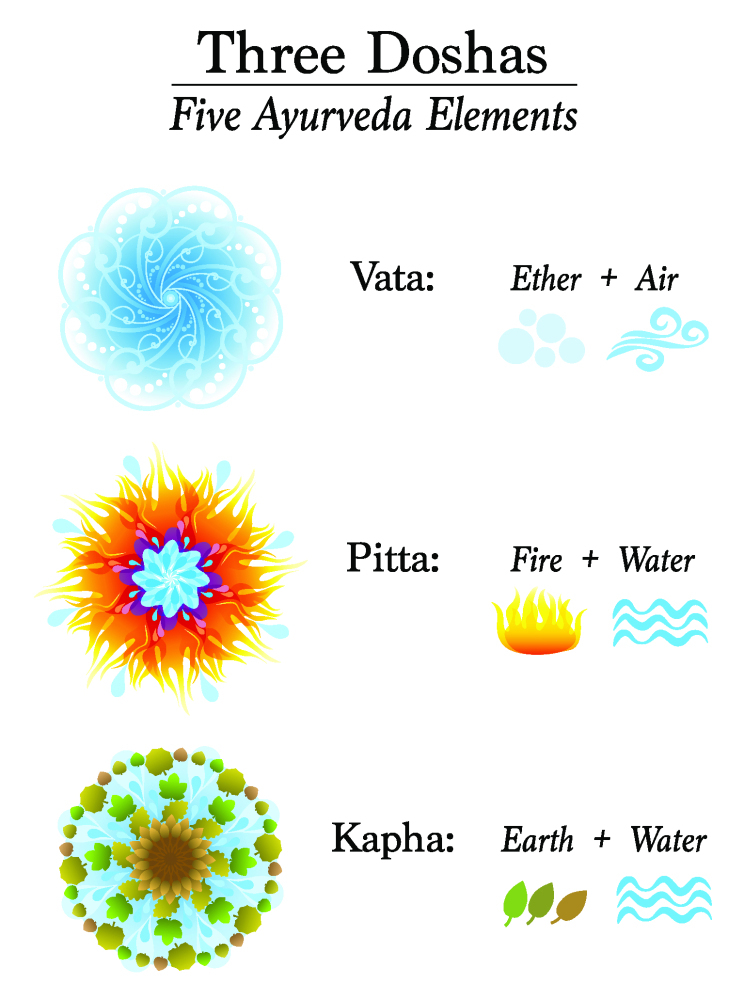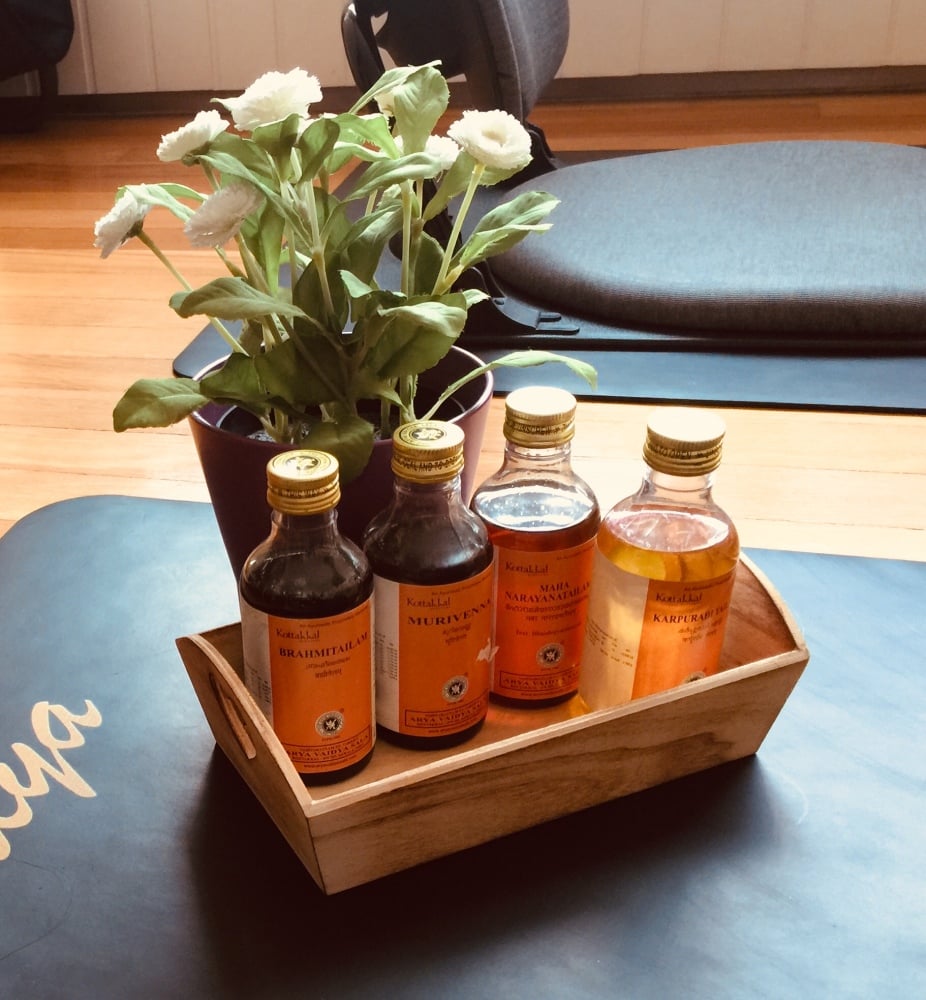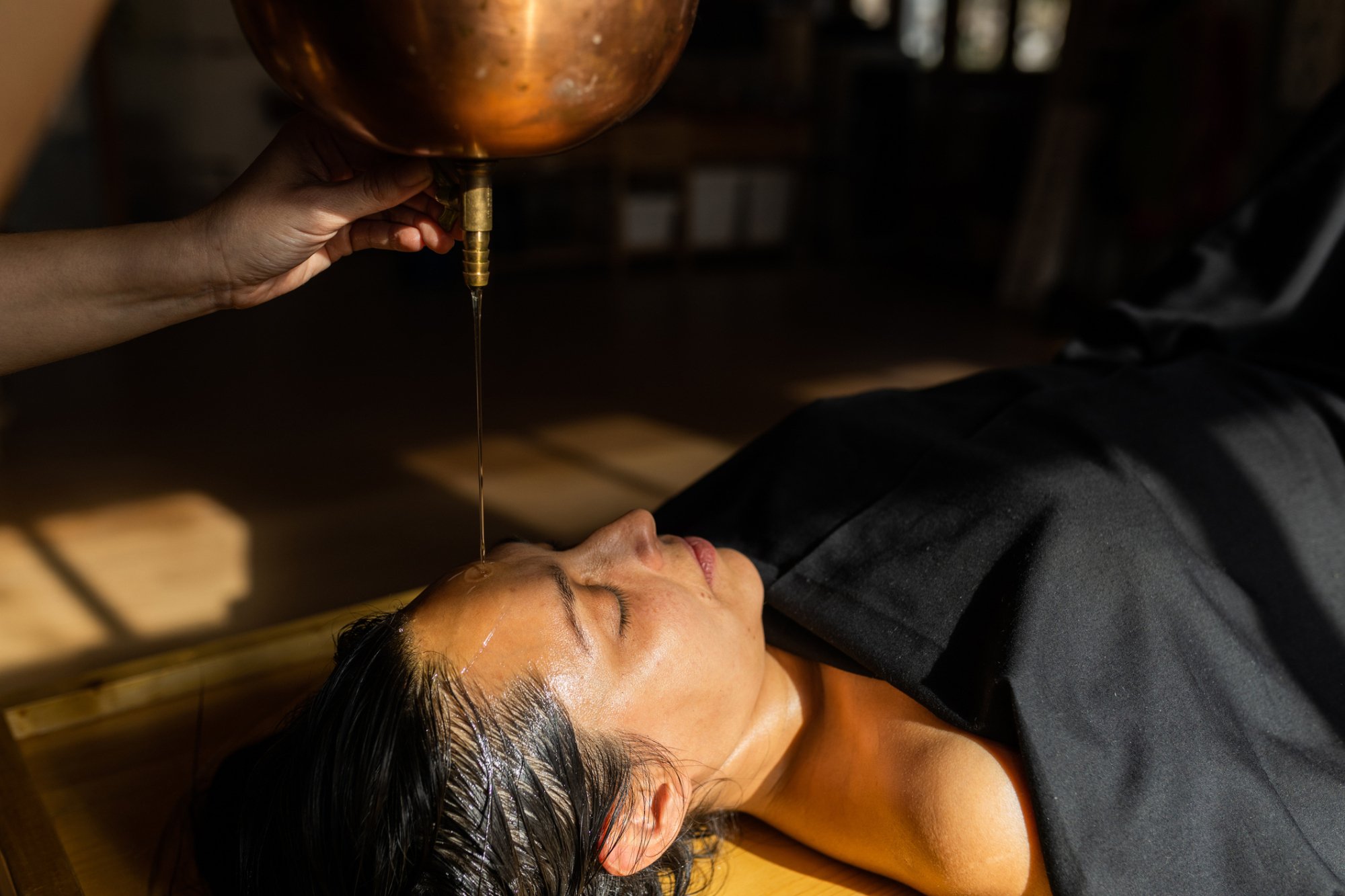
Explainer | What is Ayurveda? History, treatments and doshas of traditional Indian medicine loved by Madonna, Naomi Campbell and Demi Moore explained
- Also called the ‘science of life’, Ayurveda is based on the idea that good health can only be achieved if an individual’s three doshas (energies) are in balance
- Therapies use herbs, oils, meditation and yoga, and can help treat various ailments, from insomnia and eczema to back pain and hormonal problems
Regarded in the West as a complementary or alternative medicine system, Ayurveda originated in India more than 3,000 years ago.
While practitioners of conventional Western medicine treat symptoms of a disease or illness, practitioners of Ayurveda work to address the cause of a symptom and help individuals strengthen their immune system to prevent disease.
Ayurveda treats the body, mind and spirit as one entity, on the basis that the body and mind are connected to the outer world and work together to prevent disease.
The Ayurvedic method tackles a range of health-related issues, from excessive sweating, hormonal issues and joint pain to hormonal imbalances, sexual dysfunction, anxiety and insomnia. Much of the population in India uses Ayurveda exclusively or in combination with modern medicine.

During the coronavirus pandemic, interest in Ayurvedic remedies for health – and beauty – has skyrocketed. Western celebrities including Naomi Campbell, Demi Moore, Madonna, Halle Berry and others have spoken out in their support long before the global health crisis.
A brief history of Ayurveda
Ayurveda has its origins in Hindu mythology. Legend has it that there were three gods: Brahma, in charge of creation; Vishnu, protector of creation; and Shiva, who could destroy creation. Together, this triumvirate represented one Ultimate God.
A highly condensed version of the story describes the Churning of the Ocean, which resulted in Dhanvantari’s rise to the surface. This grandson of Brahma is usually depicted with four hands, one of them carrying a pot of rejuvenating nectar called amrita. In Hindu religious texts, Dhanvantari appears as the physician of the gods and the god of medicine.

He is believed to have expanded his knowledge of health by listening to the gods during meditation. He later taught what he knew to mortal sages, who recorded this information and thus created the earliest texts about traditional Indian medicine.
Many scholars came to rely on these ancient texts as they put forward their own medical theories. One of the most well known is Sushruta, a medical practitioner who lived in India between 1000BC and 800BC. Sushruta is considered the father of Ayurveda as well as the father of plastic surgery, thanks to his invention and development of surgical procedures.
His knowledge and ideas are documented in the Sushruta Samhita, an important treatise that still carries weight today.

How Ayurveda grew outside India
Dr Satyam Tripathi, a doctor of Ayurvedic medicine in Singapore, says modern practitioners still refer to the ancient texts, but they also continue to test and retest the theories and formulas contained in these books.
“Humans are constantly changing and evolving, so it’s important to keep questioning and challenging what these records say,” says Tripathi, who is the chief medical officer of Union Yoga Ayurveda, with branches in Singapore, Hong Kong, Australia, Taiwan and India. “There are many conditions to which these ancient theories can still be applied today, and some in which they cannot.”
In Ayurveda, if an individual is deficient in, or has too much of, any dosha, their cells will not function efficiently and disease may occur
Once Ayurveda was introduced in universities in India, scholars discovered that it could work alongside conventional medicine and could be marketed if trialled and researched extensively.
Tripathi says that between 2005 and 2010, more people around the world sought out Ayurvedic treatments and realised that they were effective and safe. From there, support for traditional Indian medicine grew. The first World Ayurvedic Congress, in 2002 in Kochi, India, helped promote Ayurveda globally.

Ayurveda – achieving the perfect balance
According to Ayurveda, an individual’s health is based on their dosha – a balance of five elements, namely air, water, earth, space and fire. There are three doshas: vata, pitta and kapha; an Ayurvedic practitioner can determine your dosha based on your physical, emotional, mental and behavioural qualities.
Bindiya Surtani, an Ayurvedic practitioner based in Singapore, says these three “energies” are present in every individual, but one is usually more dominant than the other two.
“Vata is the energy of movement, so it is responsible for the transport of fluids and nutrients to the cells. Pitta is the energy of digestion, so it is required to metabolise nutrients in the cells. And kapha, the energy of lubrication and structure, is required to lubricate and maintain the structure of the cell. In Ayurveda, if an individual is deficient in, or has too much of, any dosha, their cells will not function efficiently and disease may occur. Therefore, for optimal health, the doshas must be in balance.”
Surtani adds that toxins, or “ama”, which Ayurveda says are due to poor digestion or stress, can trigger imbalances in the doshas. For optimal health, ridding the body of toxins is key.

How Ayurveda and Western medicine differ
Second, its treatments involve detoxification followed by rejuvenation with herbs, whereas Western medicine does not talk about detoxification at all.

Third, while Western medicine prescribes chemicals to treat problems, Ayurveda recommends edibles such as herbs, which Tripathi says are safer.
And finally, it may take longer to treat a health issue with Ayurveda, but once the problem is resolved, Tripathi says it typically will not recur.
Ayurveda has eight “limbs”, or specialisations: general medicine (kaya chikitsa), obstetrics/paediatrics (bala chikitsa), psychiatry (graha chikitsa), surgery (salya chikitsa), ENT and cephalic diseases (urdhwanga chikitsa), toxicology (visha chikitsa), rejuvenation therapy (jara chikitsa), and aphrodisiac treatment (vajikarana).

What to expect when seeing an Ayurvedic practitioner
Surtani’s interest in Ayurveda began two years ago. One of her young daughters suffered from eczema and steroid creams were not helping. Surtani researched Ayurvedic therapies and found a recipe for a topical eczema treatment that used rosewater and a herb called neem. It worked, and her daughter’s eczema cleared completely within two months. Soon after, Surtani studied to become an Ayurvedic practitioner.
Before treating a client, Surtani determines their dosha and reviews their lifestyle and diet. She may then accordingly prescribe therapies using carrier oils such as sesame, mustard seed and coconut, mixed with herbs such as turmeric, ginger and cardamom to a specific area of the body to stimulate or strengthen it. A heat pack helps the oils penetrate the skin.

She may also recommend a five-step detoxification therapy called panchakarma, and, depending on the individual’s health issues and needs, she may guide them through a restorative yoga session, chanting or meditation, which she says helps with emotional detoxification and healing.
“Good health is when the mind, body and spirit are in balance,” says Surtani. “Ayurveda helps us understand how to create this balance and maintain it by making lifestyle changes.”

